FLORESTA

352 x 290 cm. 2012
FLORESTA
Fotografia impressa em metacrilato
ICEBERGS
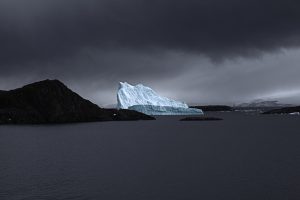
ICEBERG I
Fotografia em caixa de luz

ICEBERG II
Fotografia em caixa de luz

ICEBERG III
Fotografia em caixa de luz

ICEBERG IV
Fotografia em caixa de luz

2012
ARTIFÍCIOS

ARTIFÍCIOS
Fotografia impressa em jato de tinta no papel de algodão

ARTIFÍCIOS
Fotografia impressa em jato de tinta no papel de algodão

ARTIFÍCIOS
Fotografia impressa em jato de tinta no papel de algodão
SHANGHAI

SHANGHAI
Fotografia impressa em jato de tinta no papel de algodão
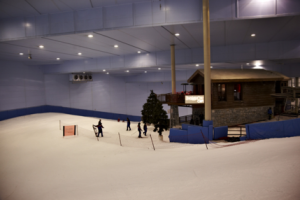
SEM TÍTULO
Fotografia impressa em jato de tinta no papel de algodão
DÍPTICOS

SEM TÍTULO
Fotografia impressa em jato de tinta no papel de algodão

SEM TÍTULO
Fotografia impressa em jato de tinta no papel de algodão

SEM TÍTULO
Fotografia impressa em jato de tinta no papel de algodão

SEM TÍTULO
Fotografia impressa em jato de tinta no papel de algodão
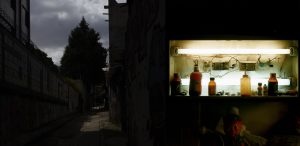
SEM TÍTULO
Fotografia impressa em jato de tinta no papel de algodão

SEM TÍTULO
Fotografia impressa em jato de tinta no papel de algodão
GOOGLE FILTER
https://vimeo.com/54383034
2012
Vídeo
00:04:47
TIGRE
2012
Vídeo em loop
00:00:33
ESPAÇOS EXPOSITIVOS
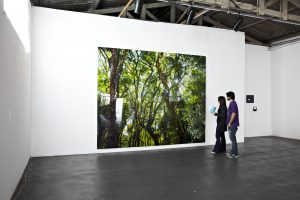
2012

2012

2012

2012

2012

2012

2012

2012

2012
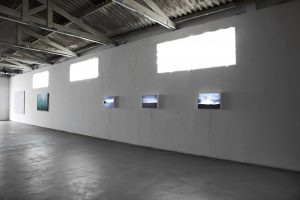
2012

2012
Ricardo Barcellos’ work brings to light a possible meaning for photography in today’s world as a reproduction, imitation and falsification of reality, using this medium as a hybrid language between documentation and new meanings of image introduced by the digital era.
According to him: “we create an infinity of filters and interfaces that become ‘protection networks’ for our experiences. They are controlled risk strategies, or as the Americans say, they are meant to “play safe”.
Through his a metalanguage effort, Ricardo constructs filters – which consist of a choice of his own images, scale, support and technical intervention – and with a certain irony, they emphasize reality.
His strategy first travels through the “alluring” packaging of the photography system, and then goes on to construct semblances of nature, establishing it as the greatest cultural invention, which makes him a mediator, producing images, objects, stories and situations.
These are simple appropriations whereby narration is constructed by the edition (choice), cut, and treatment and, in several cases, by joining independent and distant images.
“I use this hybrid nature, generating images that hover on the fringe of fiction and reality, intertwining objective and subjective images, directly and indirectly (manipulated)” states the artist.
And “Floresta” falls within this experience, over-using scale to place us within the scenario. This photography presents a dense forest with several animals that bewilder us. From a distance they seem real but their co-existence raises suspicion.
Ricardo cites Robert Smithson, who said that: “cameras have something abominable about them because they have the power to invent many worlds”, and furthermore: “this happens precisely to allow us to establish a dialectic relation between language and the physical world”.
In “Artifícios” Ricardo purposely creates an explosion within the mist of dawn, near the Billings Reservoir in São Paulo. The result is a beautiful and playful image, assembled by the overlapping of two moments: the mist and the fireworks. The ensuing image puts us on the limit between fiction and the instantaneous photograph, in a sort of alchemy between the natural and the artificial.
In “Icebergs”(and in the other photographs) digital intervention raises suspicion. It is a personal recording of an ocean expedition to the Antarctic in 2011, aboard a schooner. Upon return, the artist resolves to “recontextualize” several images by manipulating colors.
Asserting that the issue here is not ecological discourse, and reaffirming its objective nature, the three images that make up this series are exhibited in small backlights which stress the their fetish-like advertising language. In this work he questions: “what is real?”.
According to the artist: “We have an inherent need for signs and images that generate a constant tension between the world and its projected imagery. It is the desire for an empty space, for that which is not given, for that which is hidden within a strange world that is neither reality nor fiction but rather a twilight zone which exists only inasmuch as there is a possibility or “significant coincidence”.
This coincidence, found in “Dubai”, is an image created in 2009 on a ski trail setting in a Shopping Mall where the temperature outside hit 113 degrees Fahrenheit; this strange artifice is revealed by a direct and objective photograph, framed as a post card lit by a cold and melancholic light.
In the video, “O filtro é o Google” (Google is the filter), the artist reveals in the title itself that this is an interface that accesses his desire. It is a virtual instrument that filters the author’s consciousness. Sartre said that: “Undoubtedly, it I who desires and desire is a singular mode of my subjectivity. Desire is consciousness as it can only exist as such (…)”.
In search of this consciousness, as a process of reflection, Barcellos navigates the search engine, seeking the “key words”. From that time on, the chosen images are edited, printed, filmed and put into movement, and thus emerges a narrative game of possible associations which in the end never really happen, thwarting the understanding of the spectator, who is thrown into a labyrinth with no way out.
Exploring the hybrid potential of photography, Ricardo seeks to insinuate a fictional construction and proposes an enigma that is to be resolved by each person, based on his own repertoire.
These “events”, which are called “significative coincidences”, hinge on the symbolic value we ascribe to them and, therefore, according to him, suggest that the reconciliation between image and the world remains nebulous”.
Franz Manata
Rio de Janeiro, September 2012